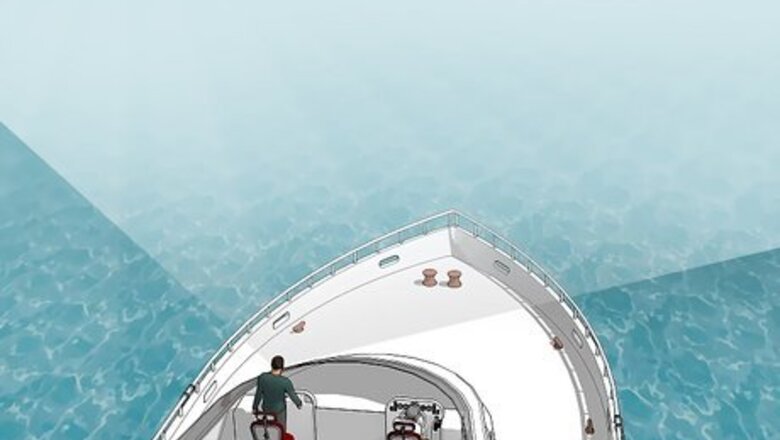
views
- The lookout scans the horizon and the water ahead to ensure the boat doesn’t collide with anything or run into trouble.
- On recreational boats, whoever is operating the boat is responsible for the role of lookout.
- Break the horizon up into sections and scan each portion in an alternating pattern to ensure you catch everything.
What is a lookout?
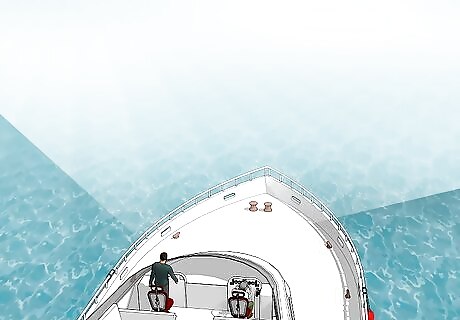
A lookout’s job is to actively watch the water while the boat is in motion. A lookout uses their eyes and ears to scan the water for whatever obstacle, risk, or danger there might be. Lookout is not a formal position or role; it’s more of a job that any single person can carry out at a given time. In almost all jurisdictions, it is a legal requirement to keep a lookout while a boat is unanchored in the water.
Who needs to keep lookout?
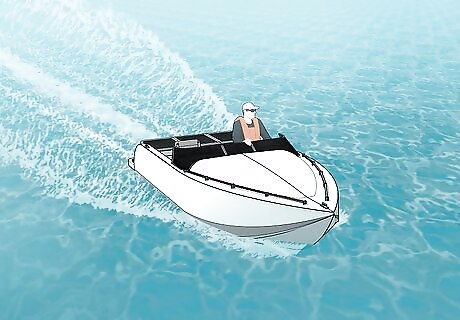
On recreational vessels, lookout is always the operator’s job. If you’re on a kayak, canoe, pontoon, speedboat, or some other small recreational boat, whoever is driving the boat is in charge of the lookout’s responsibilities. This probably seems obvious, which it is, but you should be scanning the water and looking where you’re going when you operate a boat! You’d be surprised how easy it is to take your eye off of the water when you’re in the open sea and you don’t think you need to pay attention!

On a professional ship with a crew, a designated seaman keeps watch. On a freighter, tanker, naval ship, or yacht, the lookout is a specific crew member’s job, just like captain, chief engineer, or first mate. It’s a trained role that often involves relaying information to the deck. A professional lookout may use a periscope, binoculars, or spyglass to scan the horizon and look out for obstacles. You know that little basket at the top of the mast on old boats? It’s called a “crow’s nest.” That’s where the lookout hangs out! A uniquely large ship may have multiple lookouts. If you need an example of why lookouts are so important, look no further than the RMS Titanic. That ship hit the iceberg, in part, because the lookout wasn’t doing their job.
How do you keep lookout?
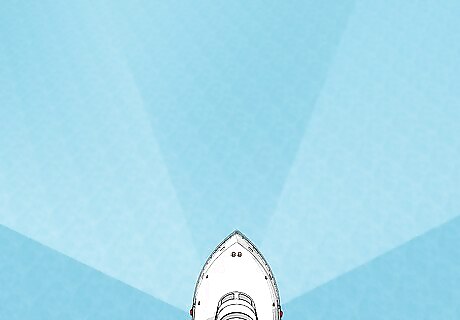
Break the horizon up into sections and scan back and forth. Split the water in front of you into 2-3 distinct sections. Alternate between each section as you’re looking out. If you try to tackle the entire horizon and all of the water in front of you at once, you’re very likely to lose track of your surroundings. Always prioritize the area directly in front of your boat when your vessel is in motion.

Stop moving your eyes periodically to catch distant objects. Move your head and scan the horizon non-stop, then ask yourself, “What objects did I see?” The answer is probably nothing. Your eyes need to stop moving to actually make sense of objects in the distance, so don’t constantly sweep your eyes back and forth. Pause in each section to ensure you fully take everything in.
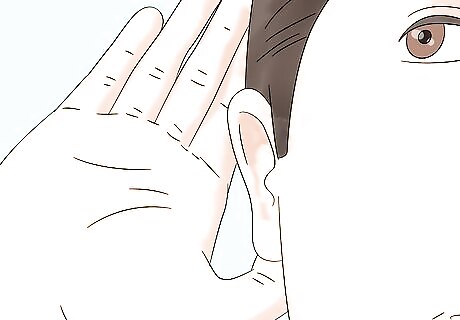
Keep your ears open and don’t dismiss strange sounds. The term “lookout” might seem to imply that you only need to use your eyes, but your ears play a key part in this process. Don’t get locked in to staring and forget to use your other senses! This is one of the only ways you’ll hear a boat’s horn when it’s heading for your course, which is one of the most dangerous boating scenarios. The point is, you should remain vigilant and alert. So long as you pay attention to what’s going on around you, you’re doing a good job as the lookout.
Things to Look Out For
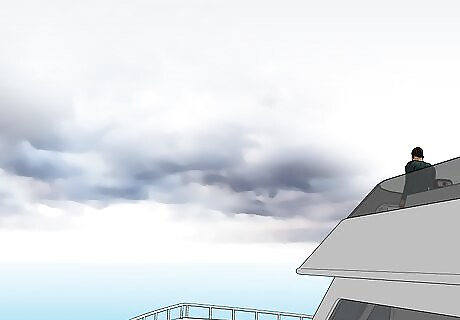
Changes in weather or water conditionsThings can change quickly on the water, and still waters can turn into tumultuous waves in an instant. Watch out for rough waters and avoid navigating your boat into torrents you can’t handle. If you see storm clouds forming on the horizon, it’s probably time to head back to shore. On longer journeys, identifying storm cloud formations can help you change course to avoid nasty weather.
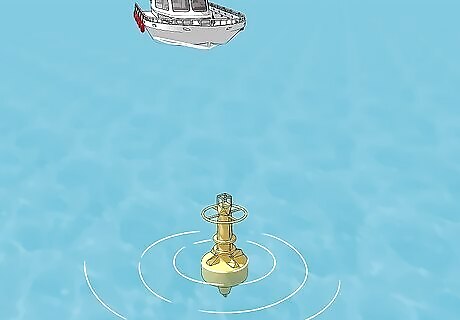
Information markers and warning signs Buoys, lights, warnings signs, posted speed limits, and channel signals all contain important information. Beyond that they also represent things that you can accidentally collide with if you aren’t paying attention!
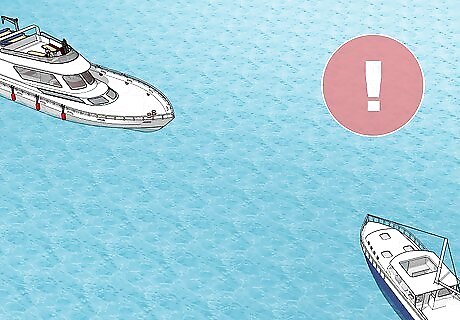
Other boats Boating collisions are common, especially in busy waters where boating tends to be a popular activity. Monitoring the location of nearby boats and tracking where they’re going is a key responsibility of a lookout. Always maintain a proper distance from other boats and periodically check your port and starboard for boats that may be travelling towards you at an angle. Be especially conscious of your surroundings if you’re anywhere near a shipping lane. Accidentally running into a freighter is a quick way to capsize your boat.
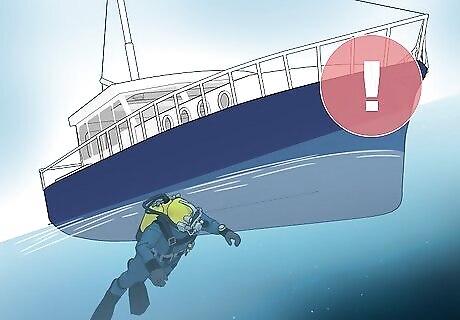
Wildlife and swimmers Nobody wants to run over a poor defenseless mallard or beaver, and you certainly don’t want to run over a wayward swimmer. Keep a keen eye out for any and all living things. Your boat isn’t the only thing on the water, and a responsible skipper ensures everybody stays safe. There can be criminal ramifications to hurting wildlife as well. Endangered waterfowl, manatees, and other ocean life are all legally protected.

People in distress People can go overboard or get swept out to sea. If you aren’t keeping a lookout and listening carefully, you could miss someone calling out for help. It won’t happen often, but life on the water can always be unpredictable, so don’t discount the unlikely as the impossible!



















Comments
0 comment